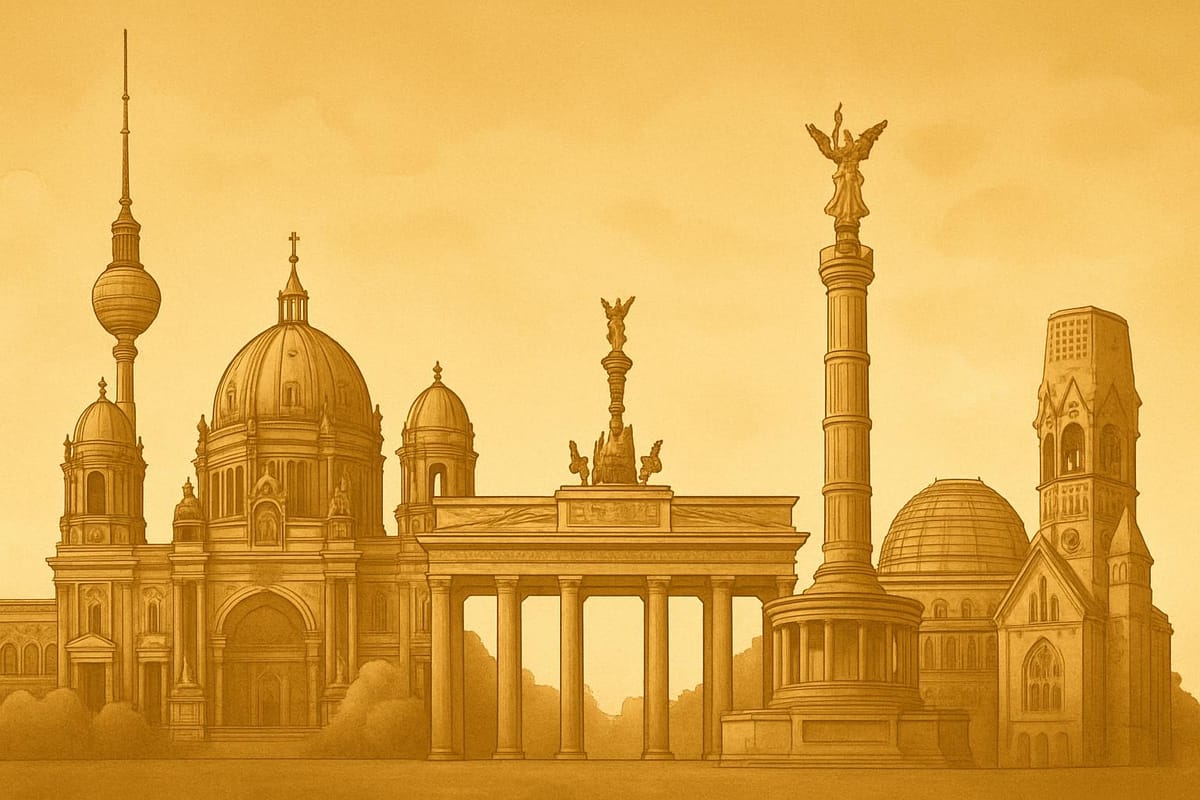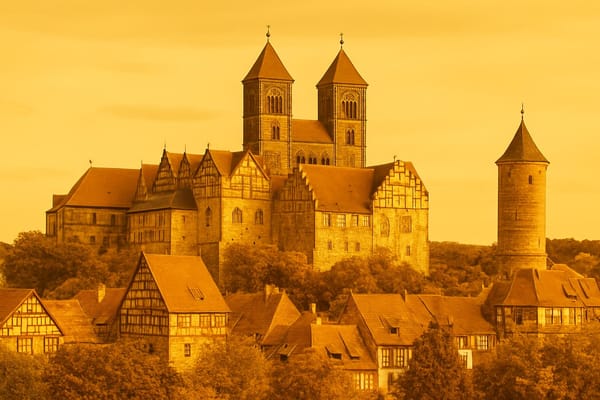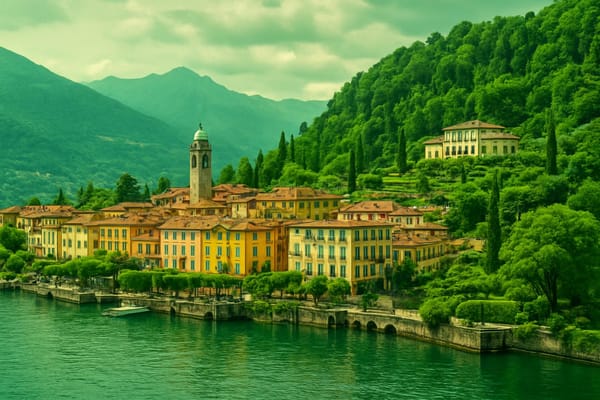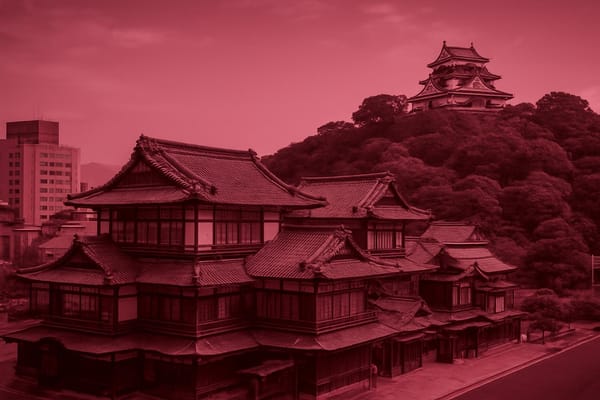Berlin
Top attractions: Brandenburg Gate, Museum Island, East Side Gallery, vibrant nightlife & street art.

Important things to know about Berlin
Berlin, Germany unfolds as a sprawling, ever-evolving metropolis where history and modern life intersect in everyday routines, creating a distinctive urban rhythm marked by multicultural neighborhoods, affordable living pockets, and a resilient, inventive spirit; its streets host a mix of post-war architecture, contemporary design, and everyday façades that reflect decades of social change, while local markets, cafés, shared workspaces, and creative studios form the backbone of a thriving culture scene that values experimentation and community engagement. The city’s economy balances traditional industries with a booming startup ecosystem and strong creative sectors, attracting professionals, students, and artists who contribute to a dynamic labor market and vibrant microeconomies across residential districts, where small businesses, street food, and independent galleries coexist with larger corporate hubs. Public life in Berlin is shaped by efficient public transport, abundant cycling infrastructure, and generous green spaces that invite outdoor life and neighborhood gatherings, reinforcing a quality of life focused on accessibility and sustainability. Language diversity, global culinary influences, and grassroots initiatives nurture social networks that are open and adaptive, while local policies often emphasize cultural funding, social housing, and innovation in urban planning. At the same time, the city remains a canvas for creative expression-music scenes, contemporary art, and experimental performance thrive alongside educational institutions and research centers-making Berlin not only a center for German public life but also a magnet for international talent seeking a place where diversity, creativity, and everyday resilience shape a forward-looking, authentic urban experience.
Sightseeing hot-spots in Berlin
Berlin is a city where history and modern life sit side by side, and the best way to start sightseeing is by visiting the iconic Brandenburg Gate and the nearby Reichstag with its glass dome offering panoramic views of the city. A walk along the Berlin Wall memorial and the East Side Gallery reveals poignant street art and reminders of the Cold War era, while Museum Island - home to the Pergamon and Neues Museum - is a cultural treasure trove for anyone curious about ancient civilizations and masterful architecture. For travelers asking “what to see in Berlin,” these landmarks form the essential core of the city’s historical and architectural appeal.
Beyond monuments, Berlin’s neighborhoods offer rich experiences: Alexanderplatz and Potsdamer Platz showcase the city’s modern urban energy, while Kreuzberg and Prenzlauer Berg deliver eclectic cafés, street art, and vibrant nightlife. Food lovers will find everything from traditional German cuisine to international street food markets, and the culinary scene is a big part of what makes things to do in Berlin so appealing. Cultural programming is abundant, with galleries, theaters, and live music venues that reflect Berlin’s reputation as a creative capital.
Outdoor enthusiasts and casual strollers alike can enjoy the expansive Tiergarten park, boat tours on the Spree River, and scenic promenades that connect many of the city’s highlights. For classic European squares and elegant façades, visit Gendarmenmarkt, and for a moving snapshot of Cold War history, stop at Checkpoint Charlie. With excellent public transport and walkable neighborhoods, planning an efficient Berlin sightseeing itinerary is easy, whether you have a weekend or a week to explore this dynamic, multifaceted capital.
Hotels to enjoy in Berlin
Berlin is a city of contrasts, and hotels in Berlin reflect that dynamic mix of history, culture, and modern design. Whether you are searching for Berlin hotels in Mitte near Museum Island and the Brandenburg Gate, boutique stays in Charlottenburg, or budget-friendly options around Alexanderplatz, the city offers accommodation to suit every traveler. Many properties combine historic architecture with contemporary comforts such as Wi‑Fi, in-room spa services, and rooftop terraces that showcase the skyline. Proximity to major attractions like Potsdamer Platz, the Berlin Wall memorials, and bustling nightlife means most visitors prioritize central locations and easy access to public transport, including direct connections to Brandenburg Airport (BER). For SEO-conscious searches, phrases like hotels in Berlin, best hotels in Berlin, and cheap hotels in Berlin often lead to listings that emphasize walkability, transit links, and visitor reviews.
Choosing the right accommodation depends on purpose and budget: business travelers tend to favor conference-ready luxury hotels with meeting facilities and executive lounges, while families and backpackers often look for budget hotels, aparthotels, or hostels offering breakfast and convenient laundry options. Consider what matters most-proximity to sights, culinary neighborhoods, or quiet streets-when comparing Berlin accommodation options. Many hotels highlight amenities such as 24-hour reception, secure bike storage for cycling around the city, on-site dining, and eco-friendly practices. To find the best rates, check multiple booking channels and flexible cancellation policies; seasonal events and trade fairs can affect availability, so booking early is often recommended when seeking top-rated hotels in Berlin.
Restaurants to try in Berlin
Berlin, Germany is a vibrant hub for Berlin restaurants where history and innovation meet on every menu. From cozy neighborhood cafés in Prenzlauer Berg to avant-garde tasting menus in Mitte, the restaurants in Berlin offer an irresistible mix of traditional German cuisine and bold international flavors. You can explore lively markets and street food corners in Kreuzberg, sample vegan and vegetarian hotspots that have made the city famous, or reserve a table at Michelin-starred establishments that showcase seasonal, locally sourced produce. The Berlin food scene thrives on diversity, with chefs experimenting across boundaries and diners eager to discover both casual and refined experiences, making it easy to find the best restaurants in Berlin whether you seek comfort food, inventive fusion, or classic regional dishes.
Dining in Berlin is as much about atmosphere as it is about taste: many restaurants in Berlin emphasize sustainability and community, offering farm-to-table menus and creative wine lists that highlight German and international producers. Reservations are often recommended for popular spots, but part of the city's charm is the spontaneous joy of stumbling upon a tucked-away bistro or bustling late-night eatery during nightlife hours. Food tours and neighborhood walks can reveal hidden gems and expert recommendations, while seasonal events and pop-up dinners keep the offerings fresh and exciting. Whether you are hunting for iconic currywurst stands or elegant tasting menus, Berlin combines accessibility with culinary excellence, ensuring a memorable meal for every palate and budget.
Best shopping stops in Berlin
Berlin is a paradise for shoppers seeking variety, and the shopping highlights of Berlin span from luxury department stores to bustling pedestrian avenues. Along Kurfürstendamm you’ll find major flagship stores and designer boutiques that attract fashion lovers, while the legendary KaDeWe offers an opulent multi-floor experience with gourmet food halls and high-end brands. For a modern mall experience, areas around Alexanderplatz and Potsdamer Platz host large shopping centers and international chains, making shopping in Berlin convenient for tourists and locals alike. The city’s retail mix also includes independent labels and concept stores in neighborhoods like Charlottenburg and Prenzlauer Berg, where curated selections and seasonal pop-ups keep the scene fresh and engaging.
Beyond the mainstream, Berlin shopping shines in its vibrant markets and alternative retail culture. In Mitte, narrow streets are lined with avant-garde boutiques, art shops, and chic concept stores that reflect the city’s creative energy. Vintage hunters flock to markets such as Mauerpark and flea markets around Arkonaplatz for unique second-hand finds and retro treasures, while Hackescher Markt is perfect for artisan goods and local designers. Sustainable and slow-fashion retailers are increasingly prominent, catering to conscious consumers who value craftsmanship and ethical production. Whether you’re hunting for high fashion, indie labels, vintage gems, or handmade souvenirs, shops in Berlin deliver an unforgettable retail experience that blends history, innovation, and style.
Nightlife highlights in Berlin
Berlin's after-dark energy is legendary, and experiencing Berlin nightlife means diving into a world where techno temples stand beside cozy cocktail bars and spontaneous street parties. From the industrial allure of Berghain and the hedonistic beats of Friedrichshain to the eclectic bars of Kreuzberg and the stylish lounges in Mitte, the city's night scene is as diverse as it is endless. Club-goers chase sunrise sets, while music lovers can find everything from underground electronic sessions to live indie shows and jazz nights. Food stalls and late-night eateries fuel the crowds, and the city's open-air festivals and riverside bars create memorable summer nights that keep visitors and locals returning year after year.
For travelers seeking the full spectrum of Berlin nightlife, alternating between all-night clubs and quieter cocktail dens reveals the city's unique social fabric. Expect relaxed dress codes that still respect house rules, a friendly yet discerning crowd, and a cultural openness that welcomes experimentation and creativity. Night buses and trains make moving between neighborhoods easy, and popping into a hidden courtyard bar or an impromptu rooftop party can turn an ordinary evening into a quintessential Berlin experience. Whether you're after pounding beats, craft cocktails, or simply people-watching in a vibrant urban setting, Berlin's nightlife delivers unforgettable moments around every corner.
Getting around in Berlin
Berlin’s airport and train situation is centered on Berlin Brandenburg Airport (BER) as the primary gateway for domestic and international flights, and it benefits from a well-integrated public transport network that makes airport transfer straightforward for travelers and commuters alike: frequent S-Bahn and regional trains, together with the Airport Express (FEX), link BER to the heart of the city and major rail hubs such as Berlin Hauptbahnhof, while the city’s dense U-Bahn and S-Bahn systems provide rapid onward connections across boroughs and to surrounding regions; this rail-focused approach gives passengers multiple options for reaching hotels, business centers, or tourist attractions efficiently, and improves accessibility for low-emission travel compared with car trips, making Berlin airport and train travel attractive for both short trips and longer itineraries, supporting tourism and business traffic while tying into Germany’s broader rail network and international train connections.
Culture must-see's in Berlin
Berlin’s cultural landscape is a rich tapestry where history and contemporary creativity meet. From the monumental exhibitions on Museum Island to the cutting-edge installations in independent galleries, the city offers a spectrum of experiences for art lovers and historians alike. Visitors can explore classical treasures at the Pergamon Museum, enjoy modernist masterpieces at the Neue Nationalgalerie, and discover immersive contemporary art in Mitte and Kreuzberg. The architecture itself tells stories - from Brandenburg Gate’s symbolic past to modernist Bauhaus influences - making Berlin a living museum. Street-level culture is just as compelling: vibrant street art decorates neighborhoods, weekly markets showcase artisan crafts, and local theaters put on avant-garde productions that reflect the city’s dynamic social narrative. These attractions make up essential Berlin culture highlights that appeal to travelers seeking both education and inspiration.
Beyond museums and galleries, Berlin’s cultural vibrancy continues after dark with an internationally renowned music and nightlife scene. The city hosts classical concerts at the famed Berliner Philharmonie, techno and electronic music in clubs that shaped global club culture, and intimate jazz venues where emerging artists thrive. Seasonal festivals celebrate film, literature, and food, highlighting Berlin’s multicultural identity and culinary innovation. Neighborhoods such as Prenzlauer Berg, Friedrichshain, and Neukölln offer diverse dining, indie cinemas, and vibrant community events that reveal the city’s inclusive spirit. Whether you’re drawn by historical monuments, contemporary art, or pulsating nightlife, Berlin serves as a cultural capital where each district contributes a unique chapter to the city’s ongoing story.
History of Berlin
Berlin’s long and turbulent story begins as a modest trading settlement on the River Spree and grows into the sprawling capital known worldwide for its resilience and reinvention. Over centuries the name Berlin became tied to the rise of Prussia, the militarized state that shaped much of central Europe, and later to the emergence of the German Empire in 1871. The city blossomed during industrialization into a magnet for culture, science and industry, with grand boulevards and institutions that reflected its growing importance. The Brandenburg Gate has borne witness to dramatic turns in the city’s life, from imperial parades to the bruising conflicts of the 20th century. The emigrant-rich, avant-garde climate of the Weimar Republic made Berlin a center of art, cinema and progressive thought, but those freedoms were crushed under the Nazi regime, which left the city scarred by persecution and war. The devastation of World War II reshaped Berlin physically and socially, leaving ruined neighborhoods and a population forced to confront profound loss as well as the need to rebuild.
The second half of the 20th century placed Berlin at the center of global politics as the city was divided between East and West, symbolized most sharply by the Berlin Wall. During the Cold War, East Berlin became the capital of the German Democratic Republic while West Berlin stood as an island of Western democracy within communist East Germany, and each side developed distinct identities under different political and economic systems. The fall of the Berlin Wall in 1989 and the subsequent Reunification of Germany marked a dramatic turning point in the history of Berlin and of Germany itself, transforming it into a renewed national capital and a vibrant international city. Today Berlin blends historical memory with innovation: museums, memorials and preserved sites interpret its layered past, while a thriving tech and creative scene, diverse neighborhoods and cultural institutions signal its future. The long arc of the history of Berlin-from medieval outpost to divided Cold War city to reunited capital-continues to attract historians, travelers and entrepreneurs drawn to a metropolis that constantly reinvents its identity while keeping its past visible and instructive.



